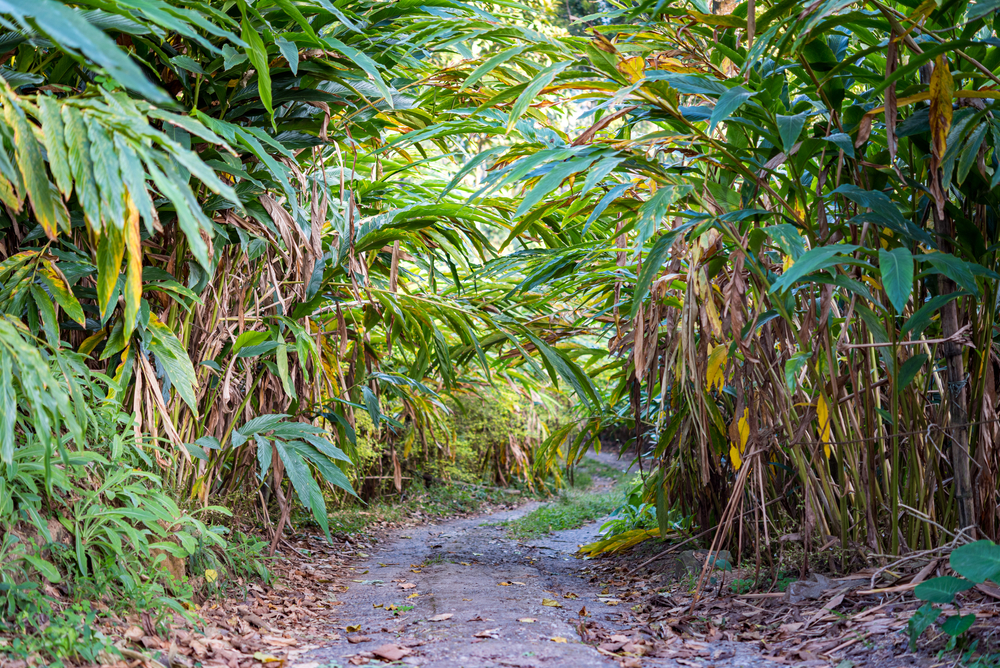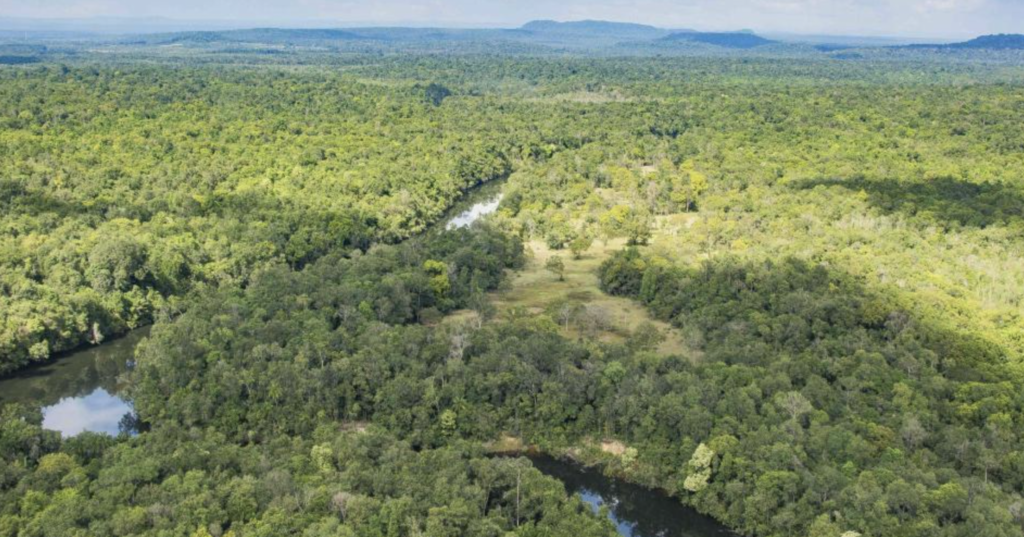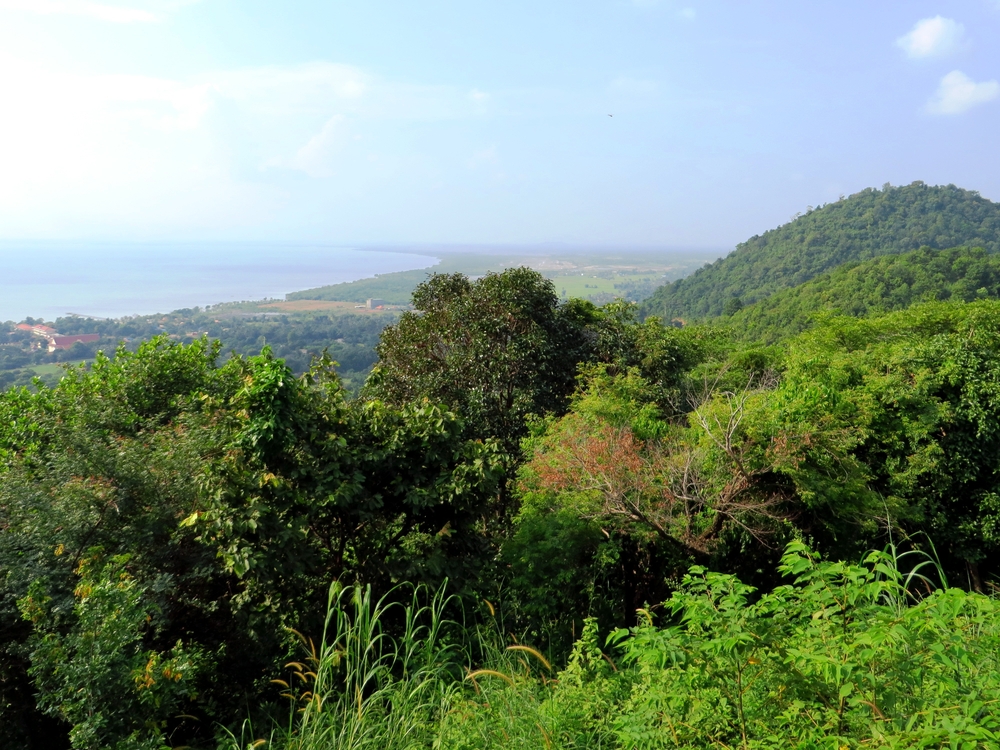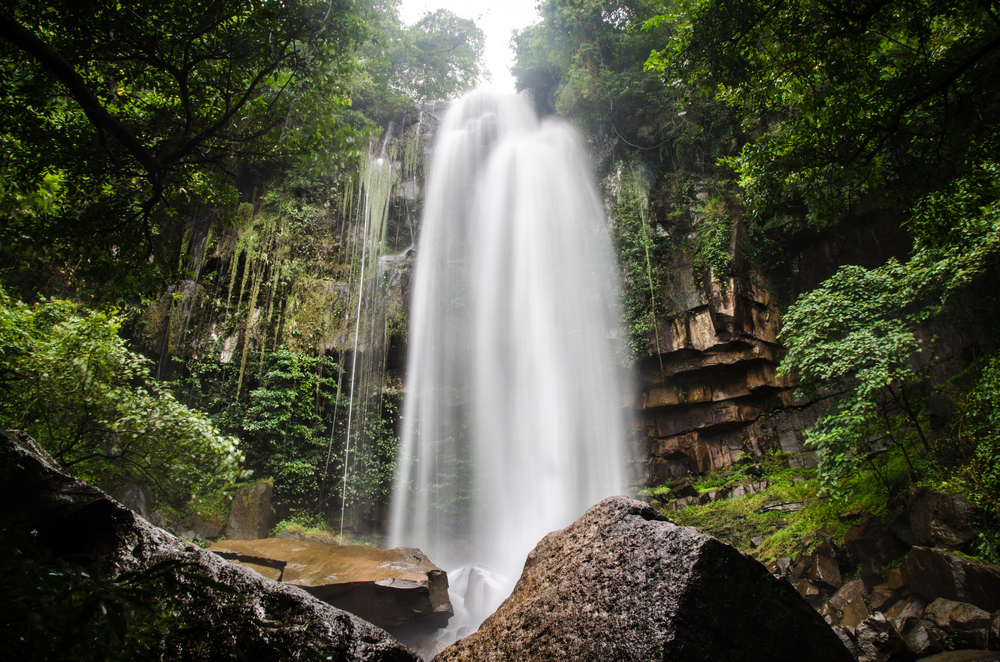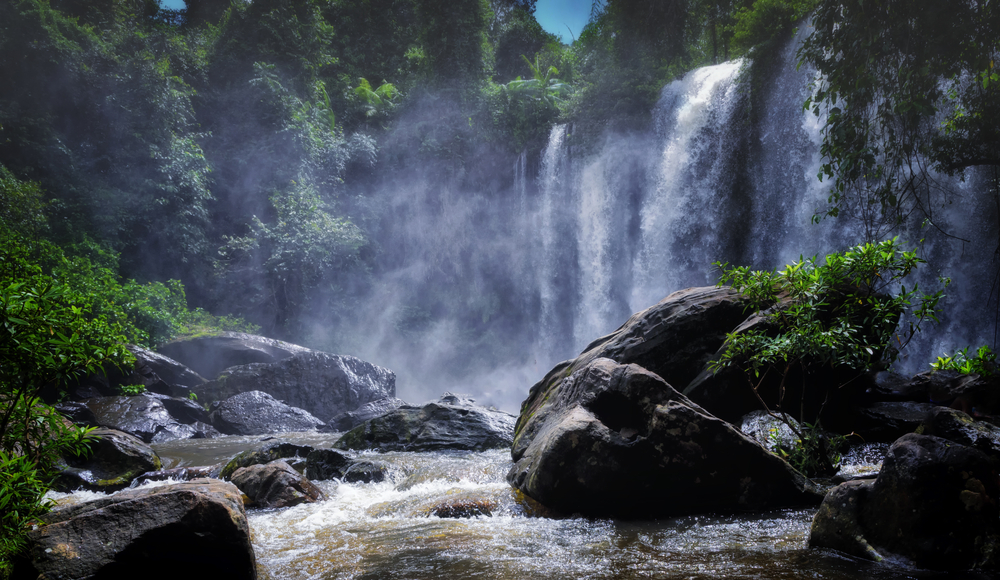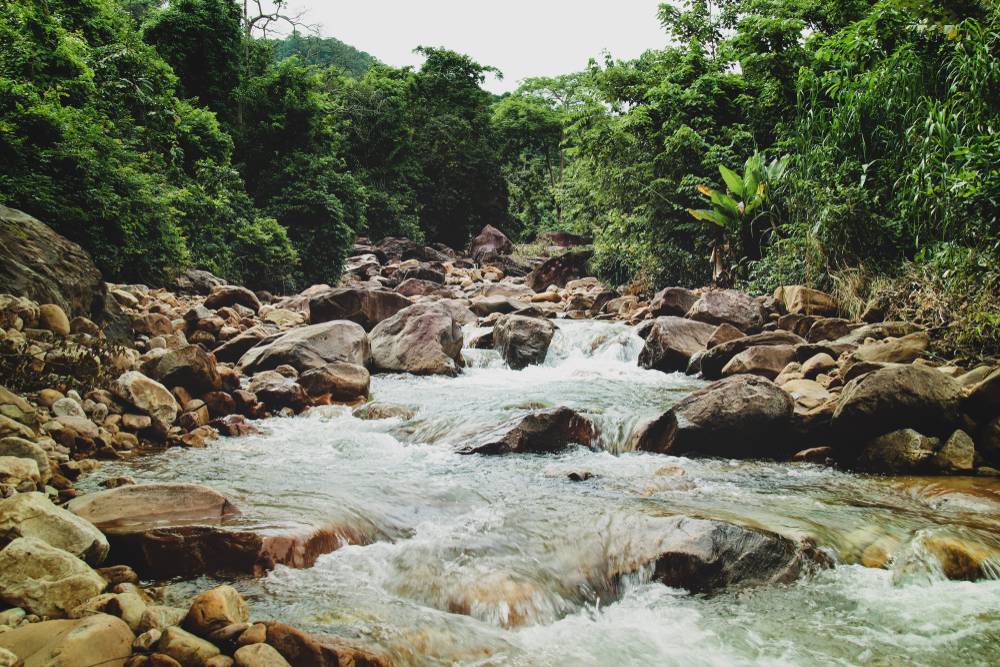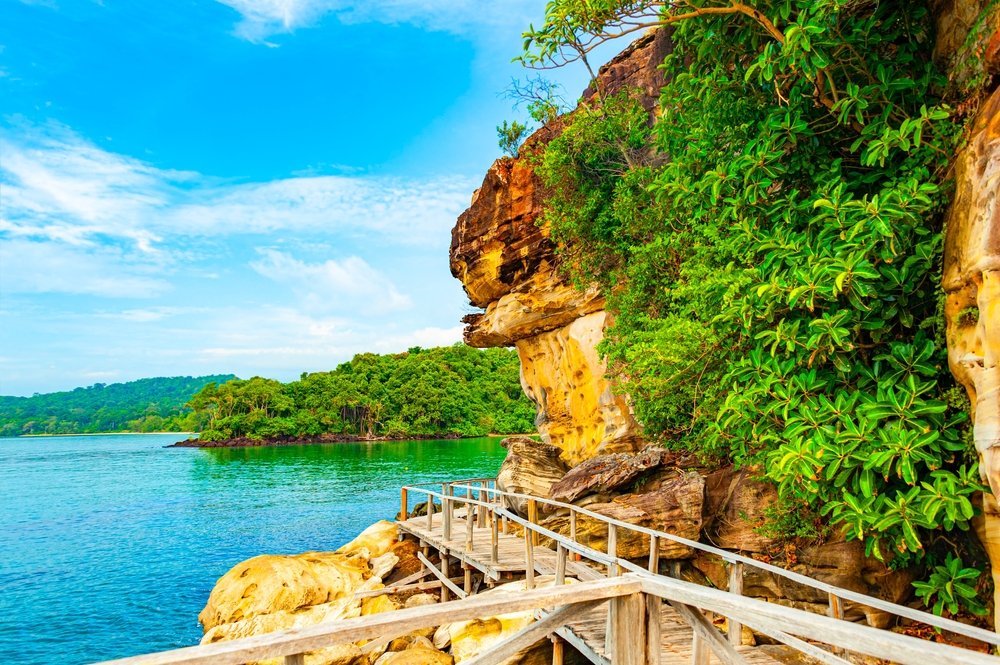Southern Cardamom Overview
Southern Cardamom National Park, located in Cambodia, spans an impressive area of approximately 1,590 square miles (4,118 square kilometers). Locally known as part of the Cardamom Mountains Rainforest, this park is one of Southeast Asia’s most significant conservation areas. It is a critical component of the broader Cardamom Rainforest Landscape, known for its rich biodiversity, stunning terrain, and essential role in preserving the region’s ecological balance.
The park’s terrain is a breathtaking mix of dense rainforests, rugged mountains, cascading waterfalls, and winding rivers. This varied landscape fosters an exceptional range of habitats, from lowland evergreen forests to upland montane environments. Towering trees dominate the vegetation, interspersed with thick undergrowth, bamboo groves, and patches of grasslands. The area is also vital for watershed conservation, serving as a critical source of freshwater for communities and wildlife.
Southern Cardamom National Park is home to an extraordinary array of wildlife. Iconic species such as the Asian elephant, clouded leopard, and pileated gibbon roam the forests, while rare birds like the giant ibis and green peafowl soar above. Reptiles, including Siamese crocodiles and tortoises, thrive in the park’s rivers and wetlands. The area is also a haven for smaller creatures like civets, pangolins, and a diverse range of amphibians and insects, many of which are endangered or endemic to the region.
Visitors to Southern Cardamom National Park can explore its wonders through guided trekking, wildlife safaris, and river kayaking. These activities offer opportunities to immerse oneself in the lush wilderness while learning about its ecological importance. For the adventurous, camping and eco-lodges provide ways to stay overnight in harmony with nature. However, navigating the park can be challenging due to its remoteness and rugged terrain, so it is advisable to travel with experienced guides.
Despite its natural beauty, the park faces significant challenges. Illegal logging, poaching, and land encroachment threaten its fragile ecosystems and biodiversity. Conservation organizations and local authorities are actively working to combat these threats through anti-poaching patrols, sustainable development initiatives, and community engagement programs. Protecting Southern Cardamom is critical not only for its wildlife but also for the global fight against climate change, as its forests serve as an important carbon sink.
Southern Cardamom National Park is a captivating destination that embodies the essence of Cambodia’s natural heritage. Its diverse landscapes, abundant wildlife, and conservation significance make it a vital refuge for both nature and humanity. By supporting sustainable tourism and conservation efforts, visitors can help ensure the park remains a sanctuary for generations to come.








































































